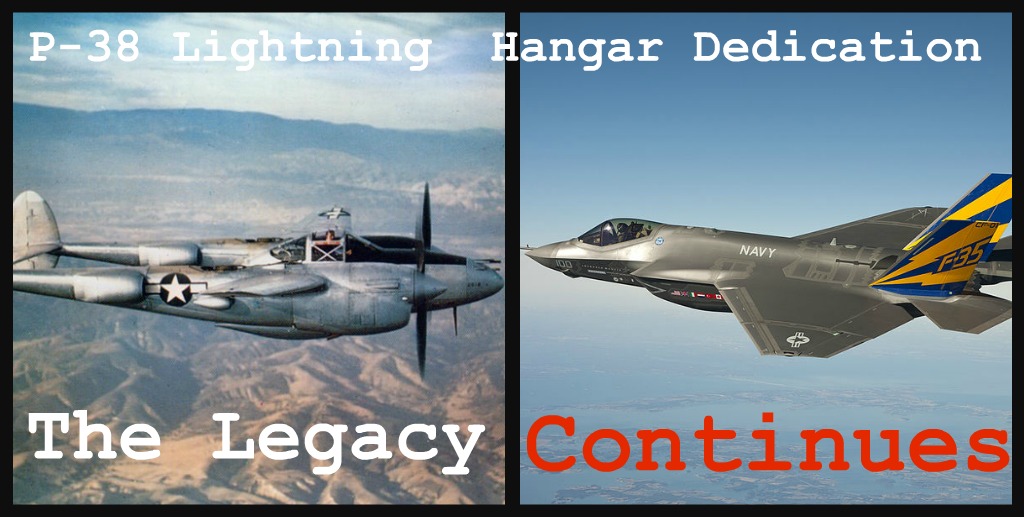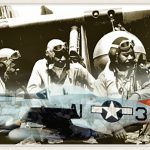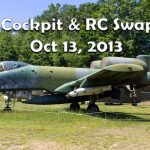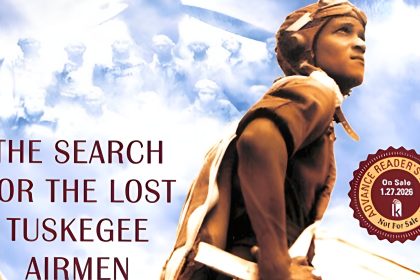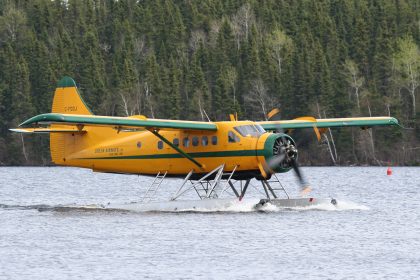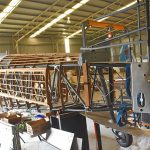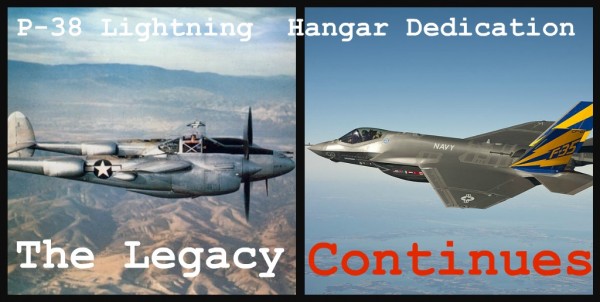
Officials from Lockheed Martin dedicated a hangar to the people who built, flew and maintained the aircraft. The hangar is now home to the F-35 Lightning II, which is nicknamed after the P-38 and is assembled at the Fort Worth plant. With a shiny new F-35 as a backdrop for the ceremony, officials unveiled an artist’s rendering of the mural they plan to paint on the building’s exterior. It will feature the motto “P-38 Lightning Hangar: The Legacy Continues.”
The P-38 with the twin booms earned the by the Nazis as a “fork-tailed devil”, the aircraft could be a dive bomber, a ground attacker or a long-range escort. Today, the F-35 Lightning II is a modern marvel of a machine, with immense technology and stealth capability, Lockheed Martin test pilot Bill Gigliotti said.
James Cooke, 88, of Arlington was stationed at Foggia, Italy, during World War II. He worked on a P-38 ground crew.
“In the morning, we would reload the machine guns, reload the cannon and get it clean,” said Cooke, who got an engineering degree at the University of Oklahoma after the war and worked on aircraft as a civilian at General Dynamics, which became Lockheed Martin in Fort Worth. “Then we would get up at 11 o’clock at night and load bombs on the P-38.”
Don Luttrell, 90, of Dallas flew 55 combat missions in support of the invasion of southern France. He said he brought down five enemy aircraft, although he was only credited with two. He received the Distinguised Flying Cross, an Air Medal with seven Oak Leaf Clusters and the European Service Medal with five stars for his service with the 49th Fighter Squadron.
The P-38 was versatile and reliable, he said.
“It worked very well,” he said. “You could put the guns out of the nose, put glass in it and put a bombsight in it.”







